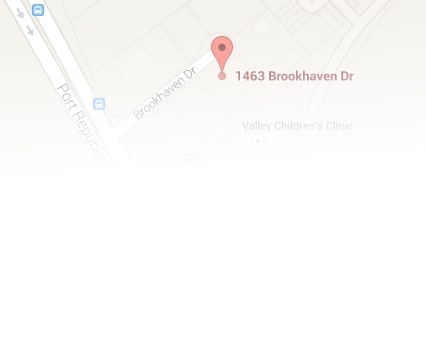One of the rights you have, when you feel as if you have been wronged in some manner, is the ability to sue the wrongdoer for damages. Now, the process of suing isn’t simply telling someone that they are being sued and expecting them to pay you. The process is a bit more in-depth than that. So, how do you go about suing someone? What are the steps necessary to complete the process of suing the wrongdoer?
Before you can begin anything, you should first take a step back and ask yourself several questions. Have you established a burden of proof to present in court? What is the reason that you are suing someone? Did someone break a contract? Was your car damaged in an accident? Was something promised to you that they failed to deliver? You have to be sure of the type of case and what the elements of the crime are, because if you do not have the answers to these questions, the courts could just toss your case out.
Another thing to ask yourself if there is an alternate method of dispute resolution such as mediation that you could employ. Oftentimes, the court and attorney fees you would end up paying in the process of suing someone is more than what you would recover in damages. In order to file a lawsuit in Texas, one must have:
- A valid legal claim
- Filed a verified petition in the appropriate court
- Pay the associated filing fee
- And served the defendant.
Valid Legal Claim
For a legal consultation with a personal injury lawyer, call (434) 817-3100
How do you know if you have a valid legal claim, which can also be known as a “cause of action.” You would have to show proof that you were wronged in some way. For example, if you are suing someone over a broken contract, you must first prove that there was an agreement between you and the other party and that there was a contract. Then you would have to prove that you performed your part of the contract, that the defendant breached the contract by not performing their part, and lastly, that you suffered some damage from that breach of contract. Each type of claim, from an auto accident to a breach in contract, has different basic elements that you would have to prove. During this stage of the lawsuit process, it is best if you have the help of a divorce attorney, like from Brandy Austin Law Firm, PLLC, to ensure that you are meeting every part of the claim.
Filing a Verified Petition
One you have determined that you have a valid cause of action, you or your lawyer must write a “Plaintiff’s Petition.” In this petition, you would have to state in clear and concise words what you think that the defendant has done to you and the relief for damages that you are seeking. You will need to fully identify both yourself and the defendant, with full names and addresses. In this claim, you must provide a specific legal claim and facts to support it.
Paying the Associated Filing Fee
Along with this, you would have to figure out the court and county to file the claim in. The lawsuit can be filed in the county there the dispute arose or the county where the defendant lives. For most private lawsuits, however, you will typically file your claim in a Justice Court, which is a court where small claims brought by a private individual against another private individual are typically filed. After determining the court and county to file the claim in, you would have to pay the assorted filing fees.
Serving the Defendant
After completing the above listed steps, you are required to serve the defendant with a copy of the petition and a citation. This serves the purpose of putting the defendant on notice that they are being sued, as well as inform them the reason that they are being sued. Commonly a process server would deliver a copy of the petition and citation to the defendant. Once this citation and petition is served, the server would file an affidavit known as Proof of Service, stating that the service has been completed. Once the defendant has received the notice of the lawsuit and the petition, they would have a period of time to answer the petition and the lawsuit process will continue from there. Usually in court where a judge would hear both sides and decides on whether the defendant would be held liable and required to pay damages.
Call (434) 817-3100 or complete a Case Evaluation form



